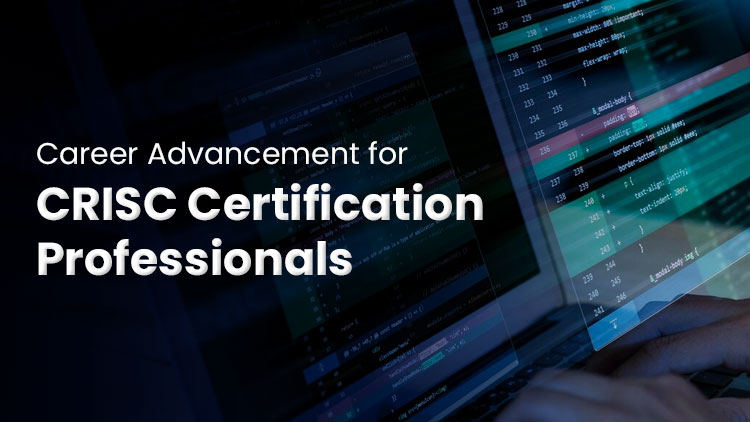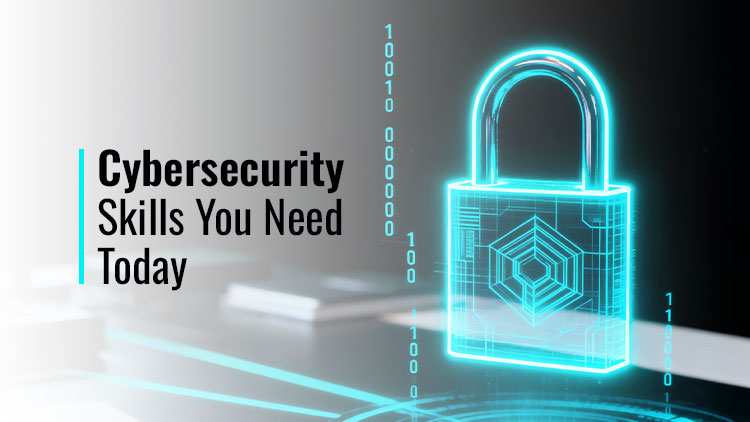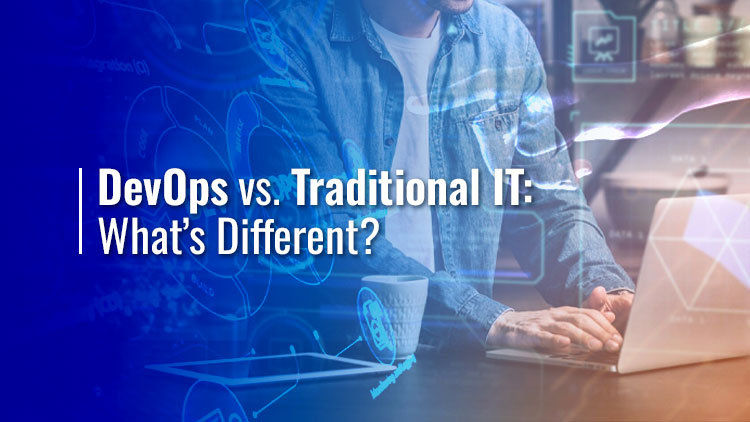
Career Advancement for CRISC Certification Professionals

Introduction
The Certified in Risk and Information Systems Control (CRISC) certification, offered by ISACA, is designed for professionals responsible for identifying, evaluating, and managing IT and information systems risks. With the growing demand for risk management professionals in today’s digitally-driven business environment, CRISC has become a highly sought-after certification for individuals looking to advance their careers.
In this blog, we’ll explore how CRISC certification can propel your career, the opportunities it opens, and actionable strategies for leveraging your CRISC credentials for career advancement.
Becoming CRISC certified can set you apart as an IT risk management and control leader. At VERSAtile Reads, we offer Exam Cram Notes and practice questions designed to help you excel in your CRISC exam. From expert-led courses to targeted practice questions, we provide everything you need to master risk management and governance. Visit VERSAtile Reads to explore our CRISC prep courses and start your journey to certification success!
CRISC Course Overview:
The CRISC course focuses on developing expertise in four key IT risk management and control domains. These domains encompass the entire lifecycle of risk management, from identifying risks to implementing mitigation strategies and ensuring compliance with governance standards.
CRISC Domains:
The CRISC certification exam covers four main domains, which make up the essential knowledge areas tested in the certification. These domains ensure that CRISC-certified professionals are proficient in identifying and managing IT risks within organizations.
Domain 1: Governance (26%)
Key Focus: This domain deals with the governance of information systems and their alignment with business goals and objectives.
- Purpose: Ensures that IT risk management activities are aligned with broader organizational objectives and that risk management practices are integrated into governance processes.
Key Topics:
- Risk Governance Structure: Understanding how risk management fits into the overall organizational governance structure.
- Organizational Risk Management: The development and implementation of risk management strategies.
- Risk Culture and Awareness: Promoting a culture of risk awareness and ensuring that risk responsibilities are clear throughout the organization.
- Policies and Standards: Establishing and maintaining IT risk-related policies, standards, and frameworks.
Domain 2: IT Risk Assessment (20%)
Key Focus: This domain focuses on the process of identifying and assessing risks within IT systems and environments.
- Purpose: Identifies IT risks and evaluates their impact on business objectives and the organization’s risk appetite.
Key Topics:
-
- Risk Identification: Recognizing internal and external risk factors that can affect IT systems and business processes.
-
- Risk Assessment Techniques: Using qualitative and quantitative methods to evaluate risk severity and likelihood.
-
- Vulnerability and Threat Analysis: Identifying potential vulnerabilities and assessing external threats to information systems.
-
- Risk Appetite and Tolerance: Understanding the organization’s risk tolerance and aligning it with risk assessments.
Domain 3: Risk Response and Mitigation (32%)
Key Focus: This domain is concerned with developing and implementing risk response strategies to mitigate the identified risks.
- Purpose: Ensures that organizations are equipped to respond to and mitigate the impact of risks effectively.
Key Topics:
-
- Risk Response Options: Identifying and implementing options for risk response, including risk mitigation, risk transfer (e.g., insurance), risk acceptance, or risk avoidance.
-
- Control Design and Implementation: Designing and implementing appropriate controls to mitigate identified risks.
-
- Control Monitoring: Establishing a process for continuous monitoring of risk management controls.
-
- Business Continuity and Disaster Recovery: Developing and implementing continuity plans to ensure that the organization can recover from incidents with minimal disruption.
Domain 4: Risk and Control Monitoring and Reporting (22%)
Key Focus: This domain deals with monitoring and reporting on the effectiveness of risk management activities and controls.
- Purpose: Ensures continuous improvement of risk management processes by monitoring and reporting risk-related data.
Key Topics:
-
- Monitoring Risk: Ongoing monitoring of IT risks and control environments.
-
- Key Risk Indicators (KRIs): Developing and using KRIs to identify potential risk changes that may require attention.
-
- Reporting to Stakeholders: Communicating risk status and control effectiveness to relevant stakeholders, including senior management and the board of directors.
-
- Risk Metrics and Performance: Using metrics to evaluate the effectiveness of risk management strategies and controls.
Why CRISC Certification Matters
CRISC certification is globally recognized and highly respected among IT risk management and governance professionals. This certification validates your ability to identify and assess IT risks and implement effective risk control strategies, making you an invaluable asset to organizations. But why does CRISC matter so much for career advancement?
- Growing Emphasis on Risk Management: As organizations face increasing cybersecurity threats, data breaches, and regulatory pressures, risk management has moved to the forefront of business strategy. CRISC professionals are in high demand as companies prioritize mitigating IT risks and aligning risk management with business objectives.
- Broader Scope of Responsibility: With CRISC, you can move beyond traditional IT roles into more strategic positions, focusing on governance, compliance, and risk management at an enterprise level.
- High Salary Potential: Due to the critical nature of the work and the demand for professionals with these skills, CRISC-certified individuals often command higher salaries than their non-certified counterparts.
Now, let’s look at the career advancement opportunities for CRISC certification professionals and how to capitalize on them.
-
Unlocking Leadership and Strategic Roles
CRISC certification positions you for leadership roles in IT risk management, governance, and compliance, such as IT Risk Manager, Chief Risk Officer (CRO), or Compliance Officer. These roles involve overseeing risk frameworks and contributing to organizational strategy.
Action Steps:
- Develop leadership and communication skills
- Network with senior management and industry professionals
-
Transitioning into IT Governance and Compliance
CRISC is ideal for roles like GRC Manager and Risk and Compliance Analyst, where you’ll ensure regulatory compliance and align IT strategies with business goals.
Action Steps:
- Stay updated on regulations
-
Expanding Opportunities in Cybersecurity
CRISC-certified professionals are well-suited for cybersecurity roles, such as Cybersecurity Risk Analyst, Security Consultant, and Risk-Based Cybersecurity Manager. These roles focus on mitigating risks and aligning security with business objectives.
Action Steps:
- Enhance technical skills in network security and incident response
- Emphasize the business impact of cybersecurity risks
-
Strengthening Your Position in Consulting
CRISC enhances your consulting credentials, enabling you to provide services in risk mitigation, third-party risk management, and disaster recovery.
Action Steps:
- Build a portfolio of successful risk management projects
- Focus on understanding and addressing client business goals
-
Maximizing Your Earning Potential
CRISC certification leads to higher salaries, particularly in specialized areas like healthcare or cloud risk management.
Action Steps:
- Specialize in niche industries
- Continue learning through additional certifications
-
Growing Through Networking and Professional Communities
Join the CRISC professional community for career advancement, mentorship, and industry insights.
Action Steps:
- Engage with ISACA’s local chapters and events
- Seek mentorship from experienced CRISC professionals
Conclusion
A CRISC certification is more than just a credential—it is a powerful tool for career advancement in the fields of risk management, IT governance, compliance, and cybersecurity. By leveraging the certification strategically, you can unlock leadership roles, expand into specialized consulting, and maximize your earning potential. Whether you are aiming for a managerial role, transitioning into cybersecurity, or pursuing a consulting career, CRISC opens the door to a wealth of opportunities.
Take control of your career by applying these strategies, and watch your professional growth soar as a CRISC-certified expert in risk and information systems control.
FAQs
-
What is the primary focus of the CRISC certification?
The Certified in Risk and Information Systems Control (CRISC) certification focuses on identifying, assessing, and managing IT and information systems risks. It emphasizes risk management, IT governance, compliance, and aligning risk control strategies with business objectives. The certification is ideal for professionals looking to lead risk management initiatives within organizations.
-
How can CRISC certification advance my career?
CRISC certification can open up numerous career advancement opportunities by positioning you for risk management, IT governance, and compliance leadership roles. It’s highly valued for strategic roles such as IT Risk Manager, Chief Risk Officer (CRO), and Governance, Risk, and Compliance (GRC) Manager. It also enhances your earning potential, especially in industries facing increasing cybersecurity threats and regulatory pressures.
-
What industries benefit the most from CRISC-certified professionals?
Industries with high regulatory and cybersecurity demands, such as finance, healthcare, government, and technology, benefit greatly from CRISC-certified professionals. These sectors often require robust risk management frameworks, compliance with GDPR and HIPAA regulations, and strong IT systems governance to protect sensitive data and operations.
-
Is CRISC certification beneficial for a career in cybersecurity?
Yes, CRISC certification is highly beneficial for cybersecurity roles, especially those focusing on risk-based decision-making. It helps professionals integrate cybersecurity strategies with broader business objectives, making them valuable in roles like Cybersecurity Risk Analyst, Security Consultant, and Risk-Based Cybersecurity Manager. Expanding your technical skills in cybersecurity alongside CRISC can further enhance your career opportunities.
- Published Date:



